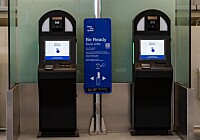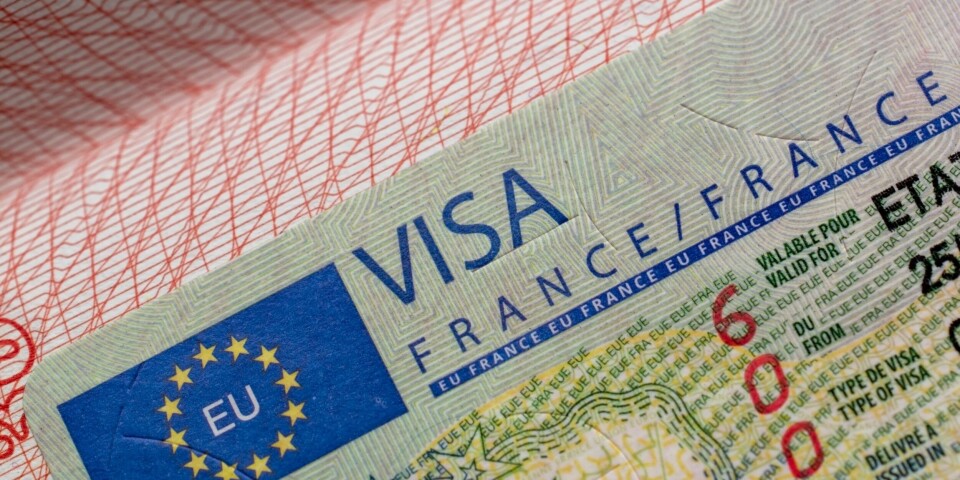Notices for this year’s taxe foncière will begin to arrive from next week for some homeowners in France.
Millions of property owners will need to pay France’s main property owner’s tax, which for most will see a minimum 1.7% increase from last year.
Local authorities can vote to levy a further increase, or to lower the amount of tax owners must pay although this is rare.
Certain owners may be partially or fully exempt from the bill.
In recent years, significant sums have been ringfenced by the government for refunds due to errors as well as for recours gracieux, which allow some people pleading special circumstances to see a reduction in the sum they must pay.
While some errors can be attributed to recent overhauls to property taxation including the end of taxe d’habitation for main homes and the new requirements to self-declare use of property, these should now be under control. However the risk of miscalculation is always possible.
It is therefore important to check your bill includes the correct figures and information.
We review below how to check your bill is correct – and what you can do if you believe there is an error.
Compare information to recent bill
The first thing to do is check the information contained on your avis (tax notice) is correct.
The first page of your notice will show you personal information (name, address, etc), together with further information about the property.
This includes the valeur locative cadastrale (theoretical rental value or VLC) of the property, a key component of the government’s calculations for the tax.
This is the base figure that sees an across-the-board increase linked to inflation, this year set at 1.7%.
The notice will also show any increases or decreases to the final bill voted on by local authorities.
Your first step is to compare this information to last year’s version of the bill.
Look at the final sums for the two bills and calculate whether the national increase to VLCs, alongside any increases in local authority rates applied to these correlates to the increase in question.
You can also find information on historical rates in your municipality online.
Remember that certain property improvements (new swimming pool, conservatory, garage, etc) can increase the overall rate of taxe foncière, as the value of the property increases.
A two-year grace period following such improvements is applied, providing they are correctly declared.
After this period the new elements are used to recalculate the tax, which may cause the bill to increase.
Another source of the increase may be local fees such as refuse taxes, particularly the TEOM (taxe d'enlèvement des ordures ménagères), which can contribute up to 8% of a bill’s final amount.
If these have changed significantly you can check with your local authorities to see if any new services are in place that may have contributed to an increase.
Request detailed information on calculations
If you believe any changes do not justify the increase you can ask the tax authorities (specifically the centre des impôts fonciers; property tax centre) for a breakdown of its calculations.
You can find your local centre online using this .
You can request the information used to calculate your final bill, which will include form 6675-M, a detailed breakdown of VLC of your property and how it is calculated.
This form is complex and may require expert help to decipher.
You can contact a local property expert for help, or take the form to your local tax office – either the property tax office or more general service des impôts des particuliers.
If looking for assistance from the authorities, they will explain the calculations to you.
An expert may be able to help you compile evidence that the calculations are incorrect (if this is the case) and prepare a refund request.
Note however that the above steps are useful but not mandatory in claiming a refund if you believe a mistake has been made.
Requesting a refund
The request can be made one of three ways:
Online, via your personal space on the French tax site, heading to the ‘Nous contacter / Ma messagerie sécurisée’ section and then ‘Je signale une erreur sur le calcul de mon impôt’. Explain that you are writing about your taxe foncière specifically and attach your evidence (see more below)
Via post, by sending the request and evidence to your local centre des finances publiques (the address will be on the top right of your taxe foncière notice). Make sure to date it and send it registered with acknowledgement of receipt (lettre recommandée avec accusé de réception)
In person at your local tax office. If doing this make sure to receive a dated receipt of your request.
You will need to submit evidence showing why you believe the increase is too high.
This can include previous bills, information about the property, identity records, income information, etc.
You should still pay the bill even when contesting it and then, if your request is successful, you will receive a payment at a later date.
You can request to defer payment when making your refund request, but you must make this clear in your demand and it is before the payment date falls due.
You have until December 31 of the following year to request a refund. For bills received this year, this is December 31, 2026.
If you are struggling to make payment due to an increase in the sum due, you can request assistance in spreading out or delaying the payments (including while you request a refund).
You can find out more information in our article.
If your claim is rejected or you do not receive a response within six months, you can make a complaint to the in your department, or to the mediator for the Economy and Finance Ministry.




























